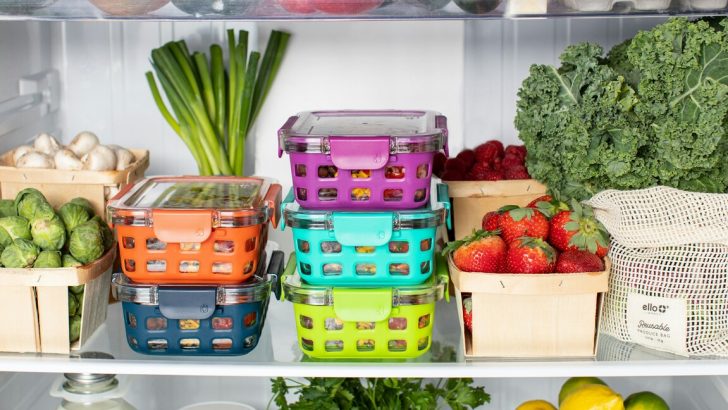Our refrigerators are often packed with a wide range of foods, from fresh produce to condiments and leftovers. However, not everything belongs in the chilly confines of your fridge. Storing certain foods in the fridge can lead to a loss of flavor, texture, or even nutritional value. In some cases, it may even speed up spoilage. Food experts have weighed in, providing insights into which items are better left out in the open or stored elsewhere. Here, we explore thirteen such foods, each with its unique reasons for avoiding refrigeration.
1. Tomatoes
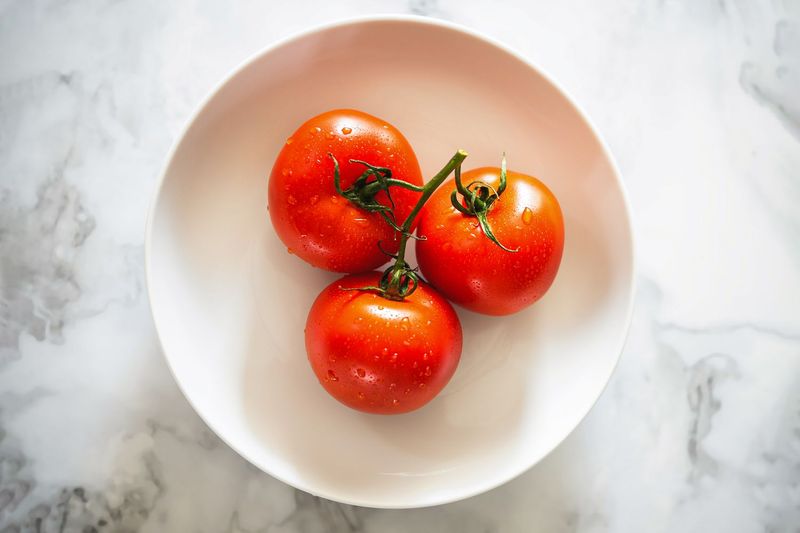
Tomatoes, with their vibrant colors and juicy texture, are a staple in many kitchens. But did you know that refrigerating them can sap their flavor? When stored in the cold, tomatoes lose their natural sweetness and develop a mealy texture. It’s best to keep them at room temperature, where their flavors can fully develop.
Avoid placing them in direct sunlight, and enjoy them fresh for salads or salsas. Consider transferring them to a cool, dry place once they ripen fully. This simple change can transform your culinary experience with these luscious fruits.
2. Potatoes
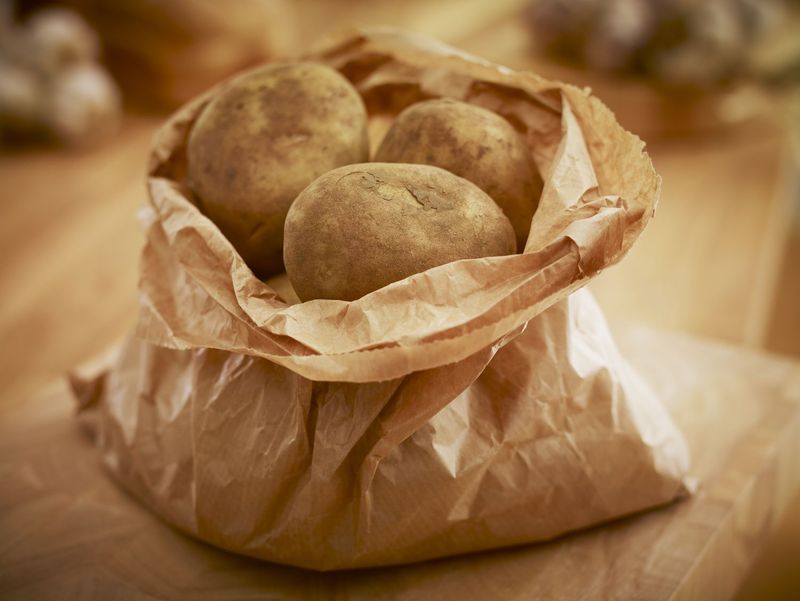
Potatoes, earthy and versatile, are better left unrefrigerated. The cold environment of a fridge can cause their starches to convert to sugar, leading to an unpleasantly sweet taste and gritty texture.
Store them in a cool, dark place, such as a pantry. Ensure they’re kept in a well-ventilated bag or container. This will help maintain their firmness and earthy flavor. Remember to check them occasionally for sprouting or softness, as these indicate spoilage. By doing so, you’ll preserve their culinary integrity.
3. Onions
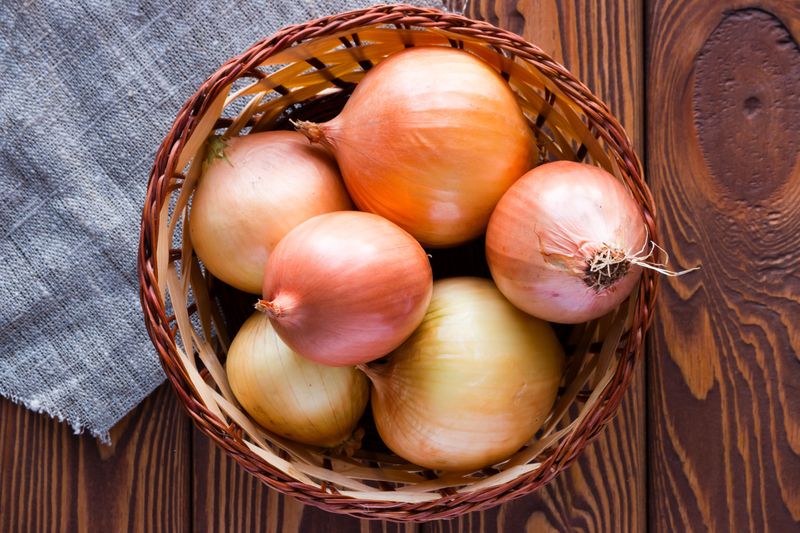
Onions, with their pungent aroma and robust flavor, should steer clear of the fridge’s cold embrace. The moisture inside can make them mushy and prone to mold.
Instead, store them in a mesh bag or basket in a dry, ventilated area. This allows air to circulate, keeping them fresh longer. Avoid storing them near potatoes, as they can lead to spoilage. By maintaining this simple storage practice, you can enjoy onions at their flavorful peak.
4. Bread
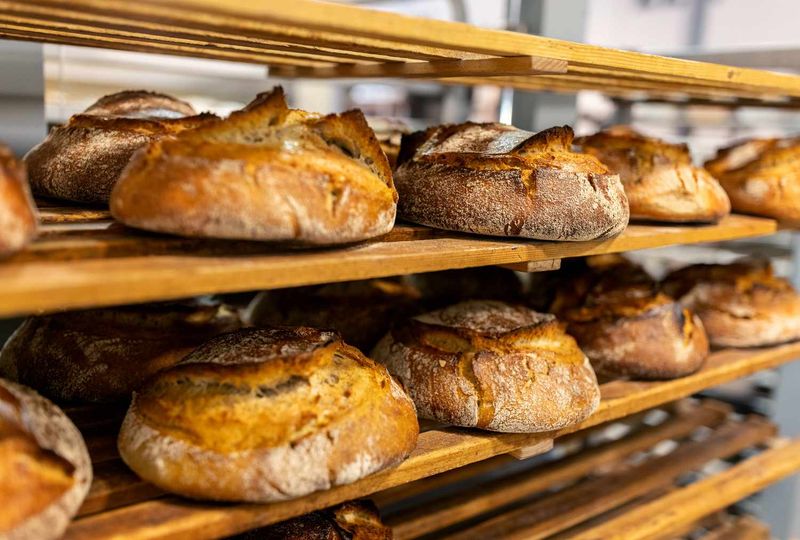
Bread lovers, beware! Refrigerating bread can cause it to dry out quickly and become stale. The cold air sucks out moisture, leaving you with a crumbly loaf that’s lost its appeal.
Store bread in a bread box or a paper bag at room temperature. This preserves its crusty exterior and soft interior. If you have extra bread, consider freezing it instead, as it retains its texture when thawed. A simple toast can revive its taste and aroma, making every bite delightful.
5. Garlic
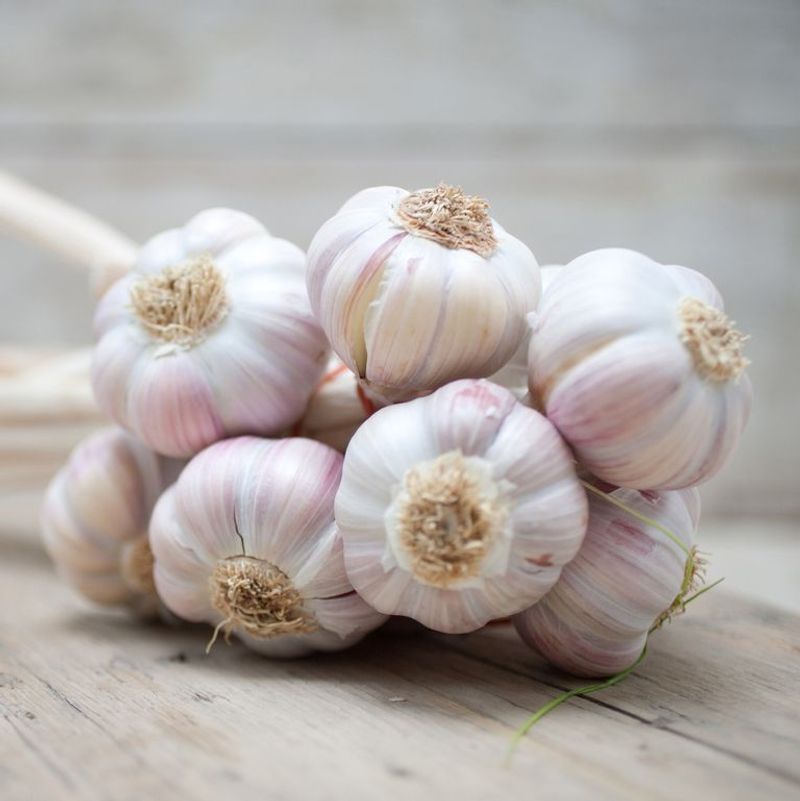
Garlic, with its intense aroma and flavor, is a culinary powerhouse. However, a fridge’s cold environment can cause garlic to sprout prematurely. This changes its texture and diminishes its sweet and spicy notes.
Store garlic bulbs in a mesh bag or basket in a cool, dry place. This keeps them firm and flavorful. Avoid sealing them in plastic, as they need air to circulate. By following this simple guideline, garlic remains a flavor-packed staple in your kitchen.
6. Honey

Honey, nature’s sweet nectar, doesn’t need refrigeration. Its natural preservatives allow it to remain unspoiled at room temperature. In the cold, honey can crystallize, making it difficult to use.
Keep honey in a tightly sealed jar in a cupboard or pantry. This keeps it smooth and easy to drizzle over your favorite dishes. If it does crystallize, a gentle warm water bath will restore its liquid form. Enjoy honey’s smooth sweetness without the cold’s interference.
7. Avocados
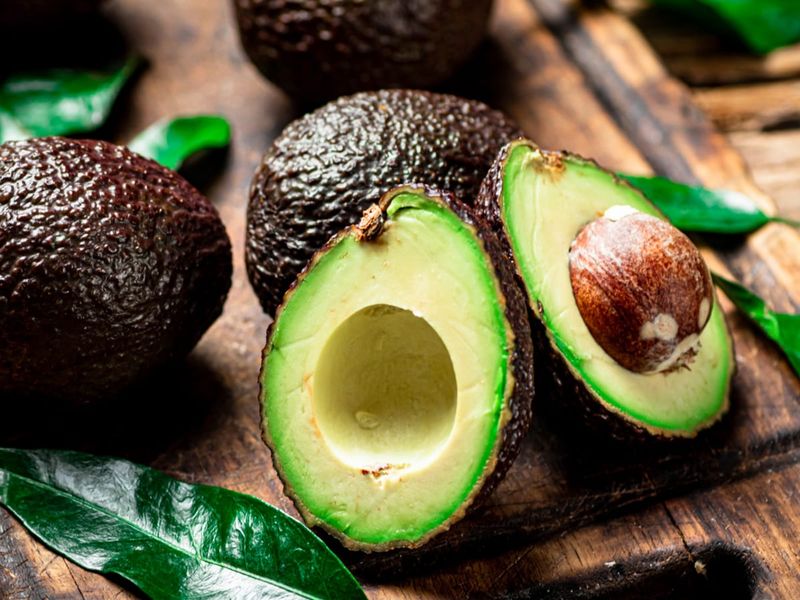
Avocados, with their creamy texture and rich flavor, are best kept out of the fridge. Refrigeration can slow their ripening process, leading to a tasteless experience.
Store unripe avocados at room temperature until they soften slightly. Once ripe, use them in salads, spreads, or simply enjoy them on toast. If you have ripe avocados that you can’t use immediately, refrigerate them to extend their shelf life for a few days. This approach ensures you savor their delightful texture and taste.
8. Coffee
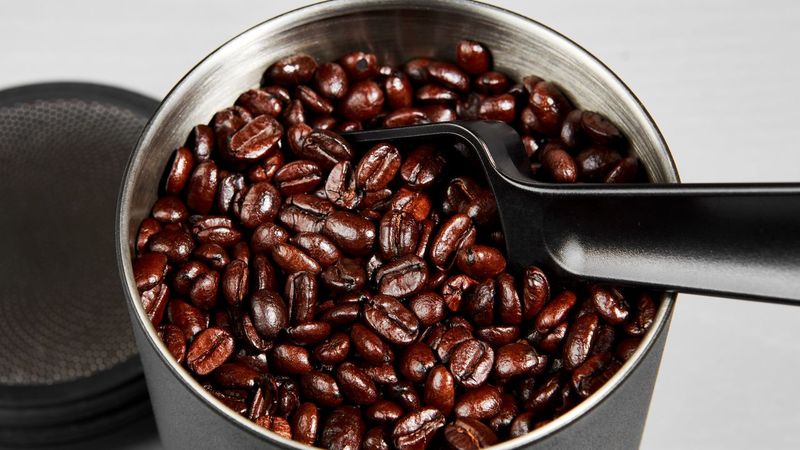
Coffee should stay out of the fridge to maintain its fresh aroma and robust flavor. The cold and moisture can cause condensation, spoiling the beans or grounds.
Store coffee in an airtight container in a cool, dark place. This helps preserve its essential oils and flavors. Grind coffee just before brewing for the best taste. By following this simple storage tip, every cup brewed will be bold and aromatic, a true coffee lover’s delight.
9. Melons
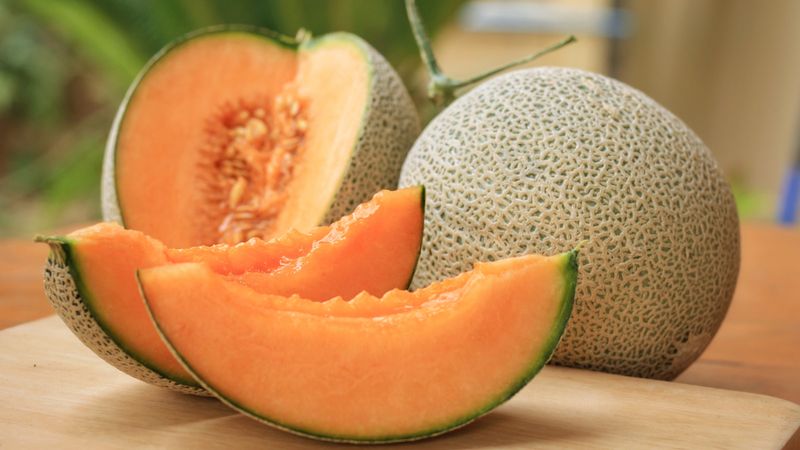
Melons, with their sweet, juicy flesh, should be left out of the fridge until they’re cut. The cold can dull their natural sugars and flavor.
Store whole melons at room temperature to retain their sweetness and aromas. Once sliced, wrap them tightly and refrigerate to keep fresh for a few days. Enjoy melons as a refreshing snack or dessert, savoring their full flavor without the fridge’s chilling effect.
10. Olive Oil

Olive oil, with its rich, fruity flavor, should be kept out of the fridge. The cold can cause it to thicken and become cloudy, affecting its taste.
Store olive oil in a cool, dark place, away from heat and light. This keeps its flavors intact, perfect for drizzling over salads or finishing dishes. A clear bottle can expose it to light, so opt for a dark bottle or a well-sealed tin. This ensures each drop remains as delicious as the first.
11. Peanut Butter
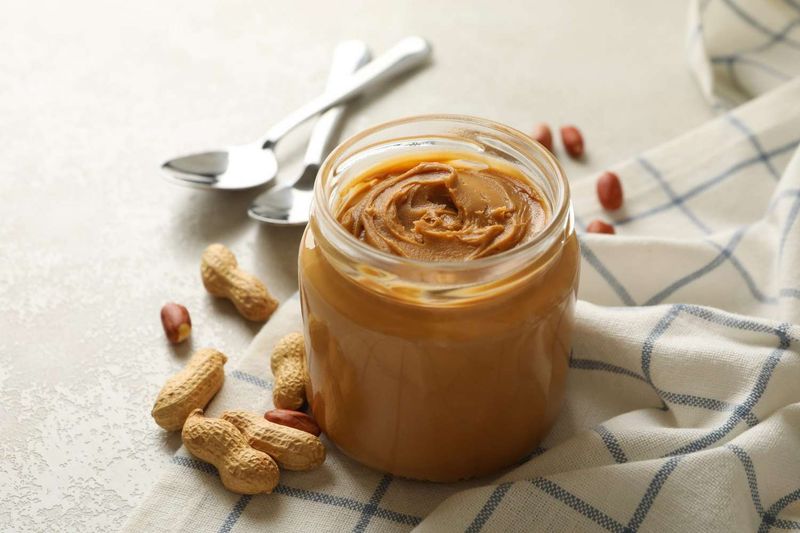
Peanut butter, creamy or crunchy, doesn’t belong in the fridge. Cold temperatures can harden it, making it difficult to spread on your favorite snacks.
Store peanut butter in a cool, dry pantry. This keeps it smooth and easy to enjoy. Stir it occasionally to prevent oil separation. Whether paired with jelly or spread on apples, this storage method ensures every scoop is perfectly delightful.
12. Basil
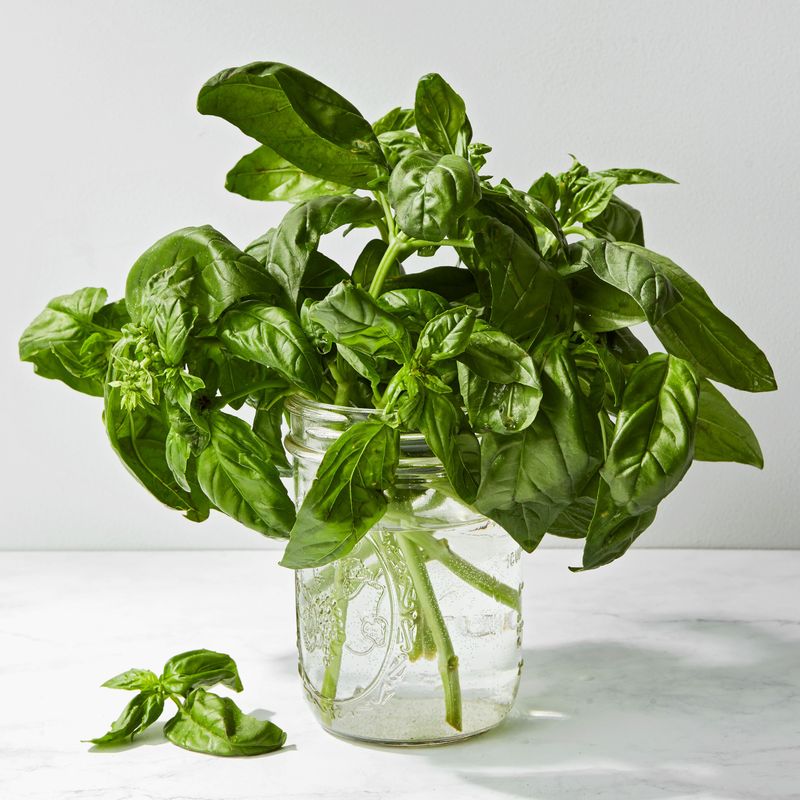
Basil, with its aromatic leaves, thrives outside the fridge. Cold temperatures can cause the leaves to wilt and lose their vibrant aroma.
Treat basil like fresh flowers; place the stems in a jar with water on a sunny windowsill. This keeps them fresh and flavorful for much longer. Change the water every few days, and enjoy its fragrance and taste in your culinary creations. This simple approach preserves basil’s essential oils and aromas.
13. Bananas
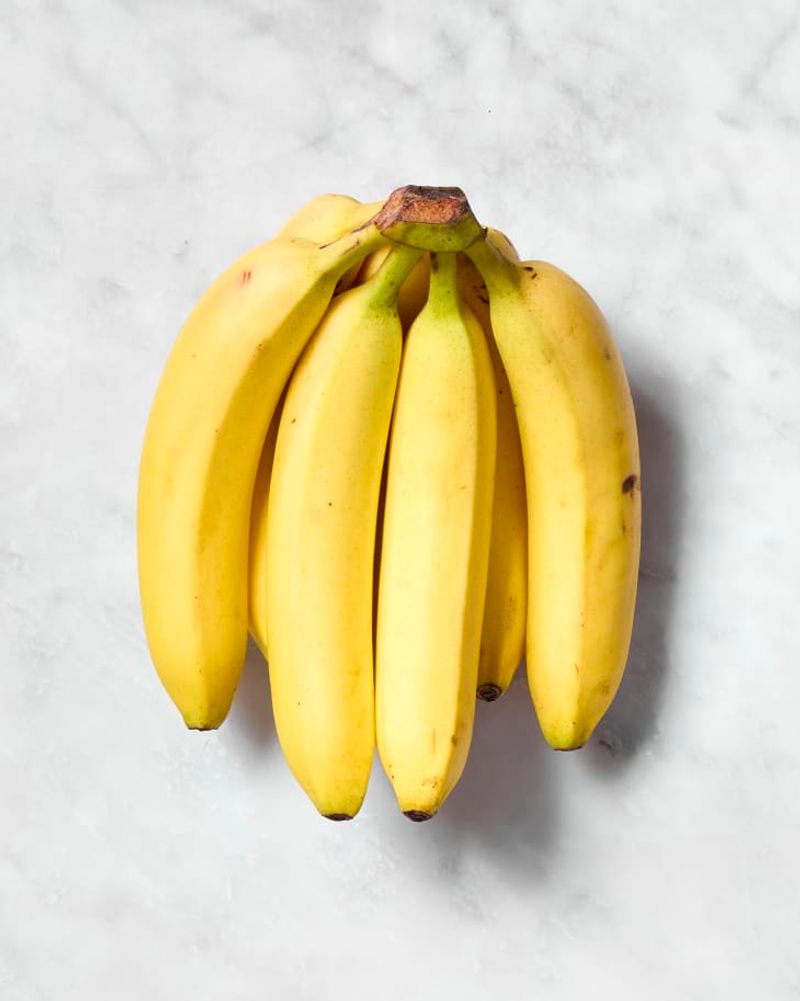
Bananas, with their cheerful yellow hue, ripen best at room temperature. The fridge can stall their ripening process, leaving them green and tasteless.
Hang bananas in a cool, airy spot in your kitchen. This allows them to ripen evenly, developing their full sweetness and creamy texture. Once ripened, they can be peeled and frozen for smoothies or baking. This method ensures bananas retain their delightful flavor and nutritional benefits.

Well, hello there!
My name is Jennifer. Besides being an orthodontist, I am a mother to 3 playful boys. In this motherhood journey, I can say I will never know everything. That’s why I always strive to read a lot, and that’s why I started writing about all the smithereens I came across so that you can have everything in one place! Enjoy and stay positive; you’ve got this!

